Money
Midget Coins
1935: The U.S. Treasury considered introducing a "midget coin" that would be worth one-tenth of a cent. It would have been called the "mill". The idea was that people could use it to pay the sales tax on small purchases. As we've seen in a previous post, the sales tax often came out to fractions of a cent. However, Congress nixed the idea.The only businesses that continue to charge tenths of a cent are gas stations. And apparently they began doing that back in the '30s because of the fractional sales tax.
More info: Wikipedia

Baltimore Evening Sun - Aug 7, 1935

Fort Worth Star Telegram - Aug 2, 1935
Posted By: Alex - Mon Dec 07, 2020 -
Comments (1)
Category: Money, 1930s
Strange Personal Checks



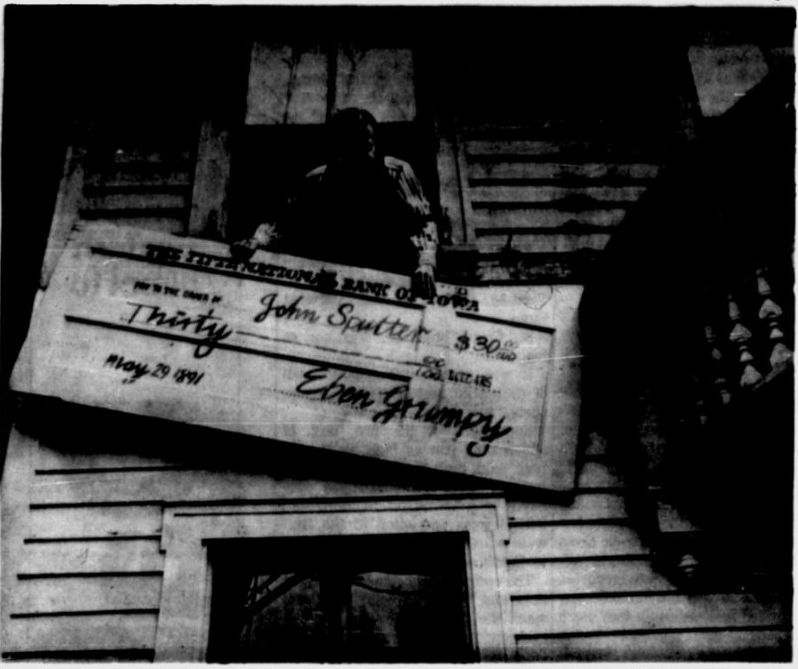
Source.
Posted By: Paul - Fri Dec 04, 2020 -
Comments (7)
Category: Animals, Eccentrics, Food, Money, Pranks and Revenge, 1960s
Doctor needs money
An unusual list of what a country doctor in 1924 was willing to accept as payment. I wonder if my doctor would accept some goose feathers and soft-shell turtles as a co-pay?
St. Louis Post-Dispatch - Mar 13, 1924
I expect a prompt settlement of all accounts due me. If not possible to settle in cash, any of the following named articles will be acceptable, viz.:
Cotton seed, chickens, ducks, geese, turkeys, billygoats, live catfish over 1 lb. each, bulldogs, registered bird dogs, skunk hides (dry), deer hides, shotguns, cedar posts, watches, gold teeth, diamonds, cream checks, pine trees (2 ft. in diameter, 30 ft. long), automobiles, new or secondhand; peanuts, black-eyed peas, Liberty Bonds, land notes, bacon, lard, country hams, clean goose feathers, soft-shell turtles over 5 lbs. each. Anything that can be sold for cash legally.
I need the money.
I have no idea what "cream checks" are. Google doesn't provide an answer.
Posted By: Alex - Tue Oct 27, 2020 -
Comments (4)
Category: Medicine, Money, 1920s
US Fractional Currency, or, Paper Coins
Fractional or postage currency has a rich history. At the beginning of the Civil War people starting hoarding coins for their precious metal content. Coins became difficult to find because of the hoarding. People started to try to use stamps instead of coins as a means of commerce. The government decided to help ease the hoarding issue by issuing “paper coins” also known as postage currency or fractional currency. Fractional currency was first issued on August 21, 1862 and they were last issued on February 15, 1876. Three cents, five cents, ten cents, twenty-five cents, and fifty cents notes were all issued. Fractional currency is physically smaller than other United States money. It also does not have a serial number.
More info here. And lots more pictorial examples.
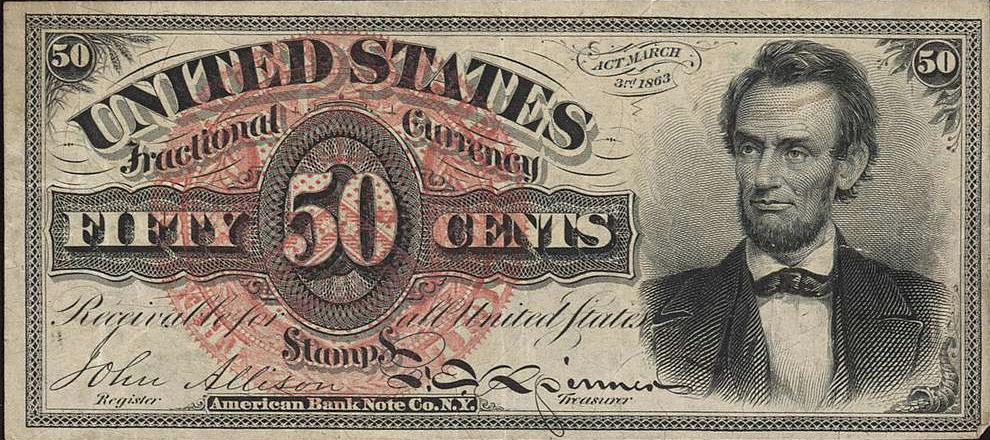
Posted By: Paul - Fri Sep 25, 2020 -
Comments (0)
Category: Money, Nineteenth Century
The rare 1943 copper penny
1943 copper pennies are among the most-sought after coins by collectors. In 2010, one of them sold for $1.7 million. Although around $200,000 seems to be what most of them fetch.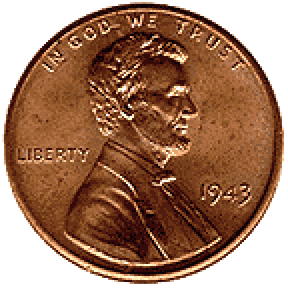
The reason for their value is that so few of them exist. In 1943, due to the war, pennies were made out of zinc-coated steel. But somehow approximately 40 copper ones were made by accident.
For several decades the US Mint denied the existence of 1943 copper pennies (see news clipping below). It wasn't until a few showed up, and were authenticated by experts, that the mint changed its tune. Now it states:
Some strange rumors have circulated about the 1943 copper pennies. Such as that if you found one the Ford motor company would give you a free car. Not true, though if you find one, you could afford to buy quite a few cars. And a few of these pennies are potentially still in circulation.
More info: definition.org
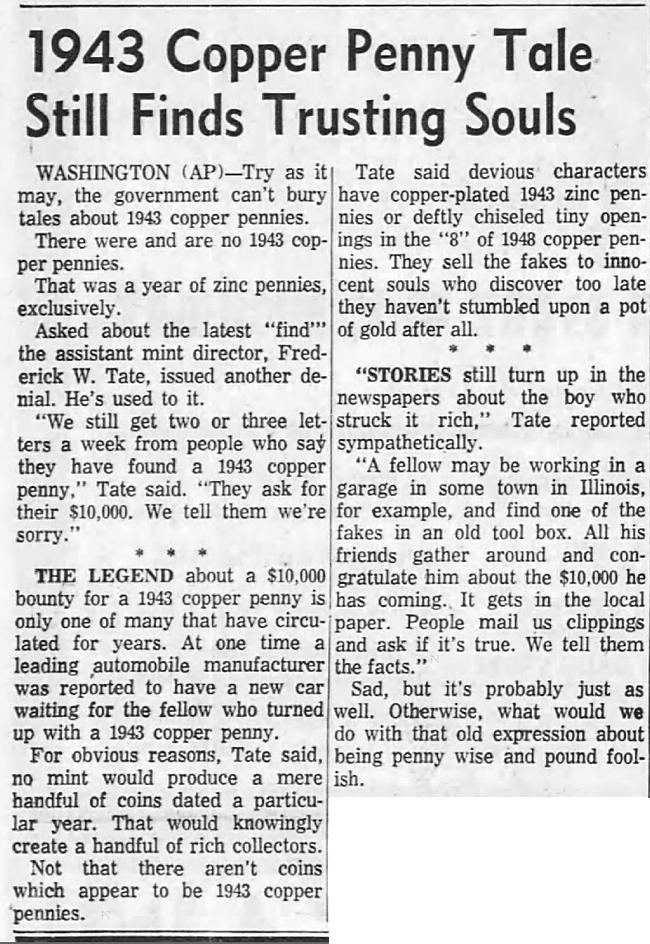
Battle Creek Enquirer - Mar 7, 1963
Posted By: Alex - Mon Jul 13, 2020 -
Comments (3)
Category: Money, Collectors, 1940s
The 1902 penny craze
Sometime in late 1902, a rumor began to circulate that a worker at the mint, while making the 1902 pennies, had accidentally dropped a bar of gold into the copper. As a result, the 1902 pennies were worth more than a penny. The treasury would supposedly pay up to 18 cents for each penny. So people began frantically hoarding and stockpiling the 1902 pennies.Despite frequent denials by the treasury, the rumor persisted as late as the 1960s.
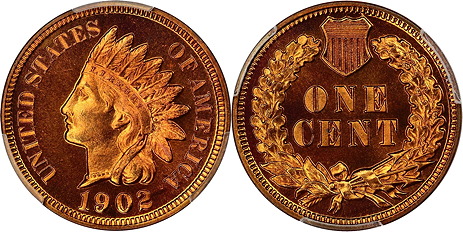
There are different theories about how the rumor began. The article below attributed it to a Brooklyn school superintendent. Another theory, offered over at coinbooks.org, said that it started as a joke told by a fish dealer named Alvah W. Haff:
On January 29, 1903, Mr. Haff bought 3,000 copper pennies from the bank. Someone who witnessed the transaction commented on the strange occurrence, and Mr. Haff jokingly explained that he was going to take the coins and get the gold out of them.
The story spread like wild fire and people began hoarding 1902 pennies.
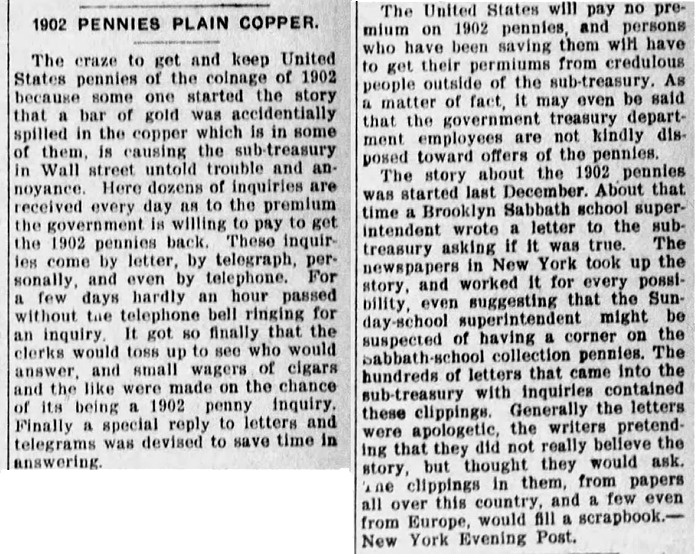
The Formoso New Era - Dec 11, 1903
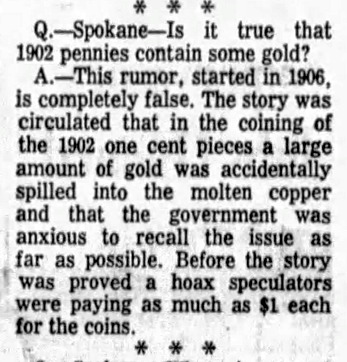
The Spokane Spokesman-Review - July 12, 1961
Posted By: Alex - Fri Jul 10, 2020 -
Comments (1)
Category: Confusion, Misunderstanding, and Incomprehension, Money, 1900s
“I have a trunkful of money to deposit”
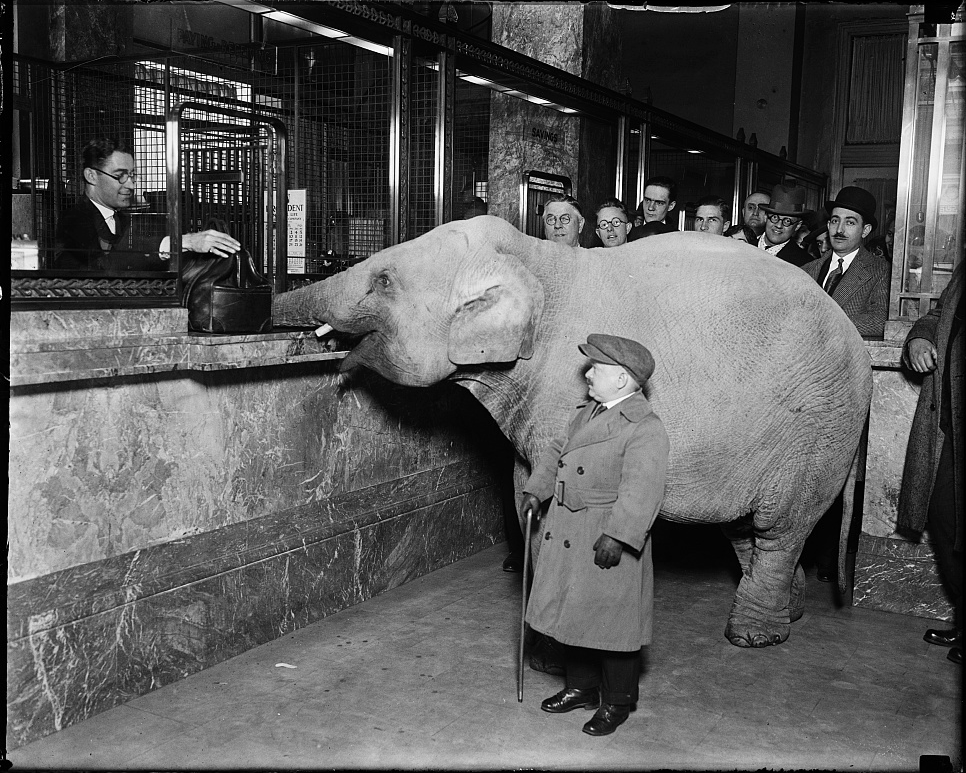
Charlie Becker, midget trainer with Singer's Midgets, walked the smallest elephant of his troupe to Merchant's Bank, and made a deposit for Keith's Theatre. The elephant delivered the money satchel directly to the receiving teller
Source.
Posted By: Paul - Tue May 19, 2020 -
Comments (1)
Category: Animals, Money, 1920s
Matrimonial Delusions
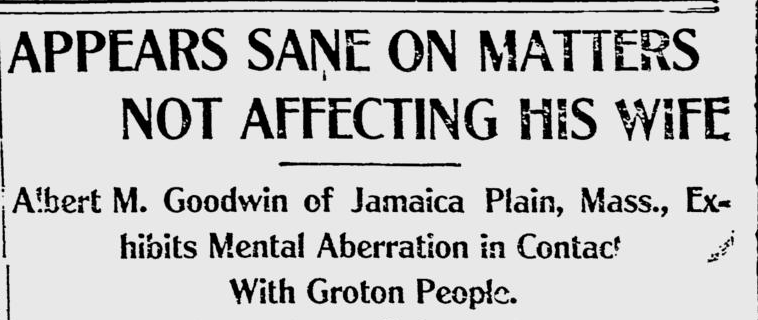
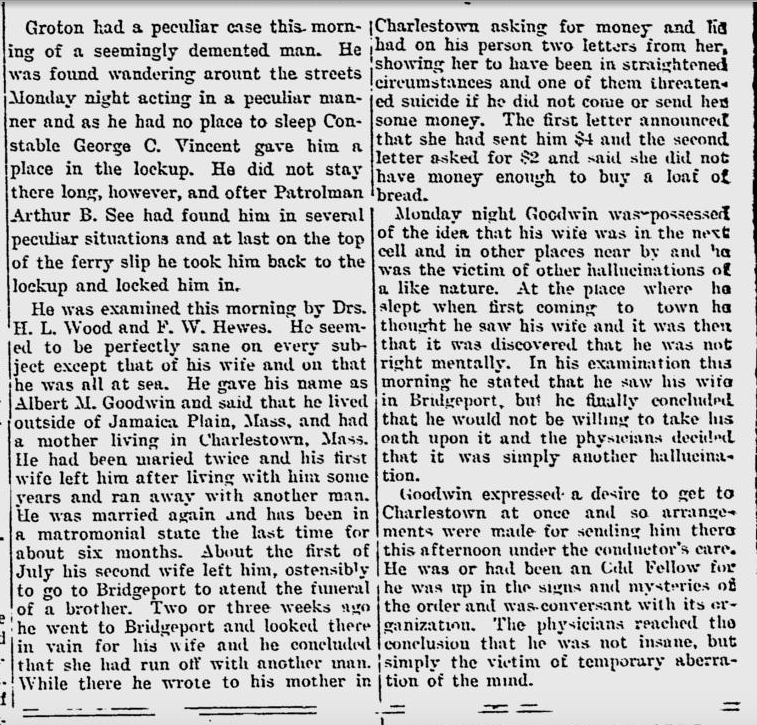
Source.
Posted By: Paul - Mon Apr 27, 2020 -
Comments (2)
Category: Bad Habits, Neuroses and Psychoses, Money, Husbands, Wives, 1900s
Money Tree
At the 1964 New York World’s Fair, American Express displayed a “money tree.” Its foliage consisted of a million dollars in currency and travelers' cheques from countries around the world.

source of images: worldsfaircommunity.org
You can buy a money tree bag on eBay for $95:

Posted By: Alex - Thu Mar 19, 2020 -
Comments (3)
Category: Money, 1960s
Albert in Blunderland
This'll get you hep to the real meaning of "socialism."
Posted By: Paul - Wed Mar 11, 2020 -
Comments (1)
Category: Dreams and Nightmares, Government, Insects and Spiders, Money, Work and Vocational Training, Cartoons

| Who We Are |
|---|
| Alex Boese Alex is the creator and curator of the Museum of Hoaxes. He's also the author of various weird, non-fiction, science-themed books such as Elephants on Acid and Psychedelic Apes. Paul Di Filippo Paul has been paid to put weird ideas into fictional form for over thirty years, in his career as a noted science fiction writer. He has recently begun blogging on many curious topics with three fellow writers at The Inferior 4+1. Contact Us |




